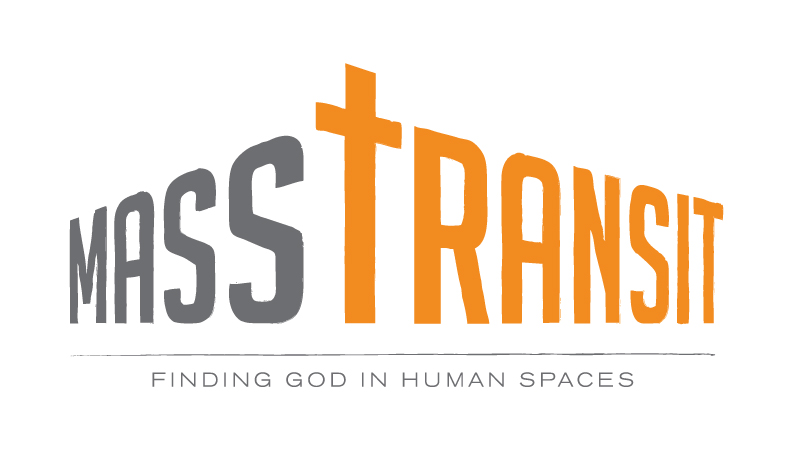Blessed Are the Bridges
I can learn a lot about being a peacemaker by thinking about the bridges I cross during my commute.
Like a bridge, a peacemaker has to see both sides of an issue. A peacemaker cannot take sides; he or she must be on both sides without belonging to either. This is impossible to do unless we are free from attachments that prevent us from spanning the chasm between the two sides.
A peacemaker is like a bridge in the sense that he or she also holds the tension between two sides. To be a peacemaker, you have to learn how to hold this tension. This requires faith--only God can hold that kind of tension.
Finally, just as a bridge creates a safe path for two sides to come together, the peacemaker is a person that two sides trust--the peacemaker is the common ground upon which two sides can stand together.
Of course, just as there are different types of bridges, there are different types of peacemakers:
- Suspension bridges. Imagine bridges like the Golden Gate Bridge or the Mackinac Bridge. These are engineering marvels, and they can be absolutely terrifying to cross. A peacemaker who is going to try to bridge a sides divided by an expanse of hatred and suspicion is also a marvel: a marvel of patience, humility, charity, and kindness. Such peacemakers are unique just like these iconic bridges.
- Draw bridges. Every time I go downtown Chicago, I cross several draw bridges. These engineering wonders lift up to allow large boats (or sail boats with tall masts) pass without damaging the bridge. Like a drawbridge, a peacemaker is prudent and can recognize when an obstacle between the two sides makes it impossible for them to come together; in fact, that obstacle might even threaten the peacemaker. But the peacemaker knows that the obstacle will pass--just like a boat under a draw bridge.
- Foot bridges. There are some bridges that are meant for pedestrians only; driving a car over such a bridge will surely be disastrous. Likewise, a peacemaker has to know what kind of traffic it can support. A peacemaker must not only know how to hold the tension that exists between two opposing sides; he or she must know how much tension can be supported. This requires humility: admitting what is beyond one's capability requires an honest assessment of what a person can--and cannot--do.
- Makeshift bridges. Sometimes when I am hiking, I come across a creek I have to cross. A fallen tree can make a good bridge in those circumstances. We might unexpectedly find ourselves in a situation where we have to be a peacemaker. Like a fallen tree across a creek, we just happen to be in the right place at the right time to bring two sides together. In those moments, we would do well to remember that we are fallen trees--we are vulnerable, broken. But we are also present, and that presence is what allows us to be a peacemaker, to be a bridge.
- High wires. Sometimes, we might be tempted to bring together two sides for no other reason than or own vanity. Like the opposite banks of Niagara Falls or two skyscrapers, these sides can only brought together through an indirect route which remains hidden. Yet, we might feel the need to span them at their widest and most dangerous point. This is a stunt, a circus act that feeds our sense of self worth. This will not bring peace; it will only cause people to fall.
Peacemakers do not bring people together; rather, like a bridge, they create the space where people can come together and learn how to love one another.
This is the reason they are called children of God.
By Lars Lentz (Photo by Lars Lentz, source) [CC BY-SA 1.0 (http://creativecommons.org/licenses/by-sa/1.0)], via Wikimedia Commons

![By Lars Lentz (Photo by Lars Lentz, source) [CC BY-SA 1.0 (http://creativecommons.org/licenses/by-sa/1.0)], via Wikimedia Commons](https://images.squarespace-cdn.com/content/v1/53fbb4d3e4b0e954f9996a0a/1479312867134-O5824HMCJO3W3VVRFVF8/image-asset.jpeg)